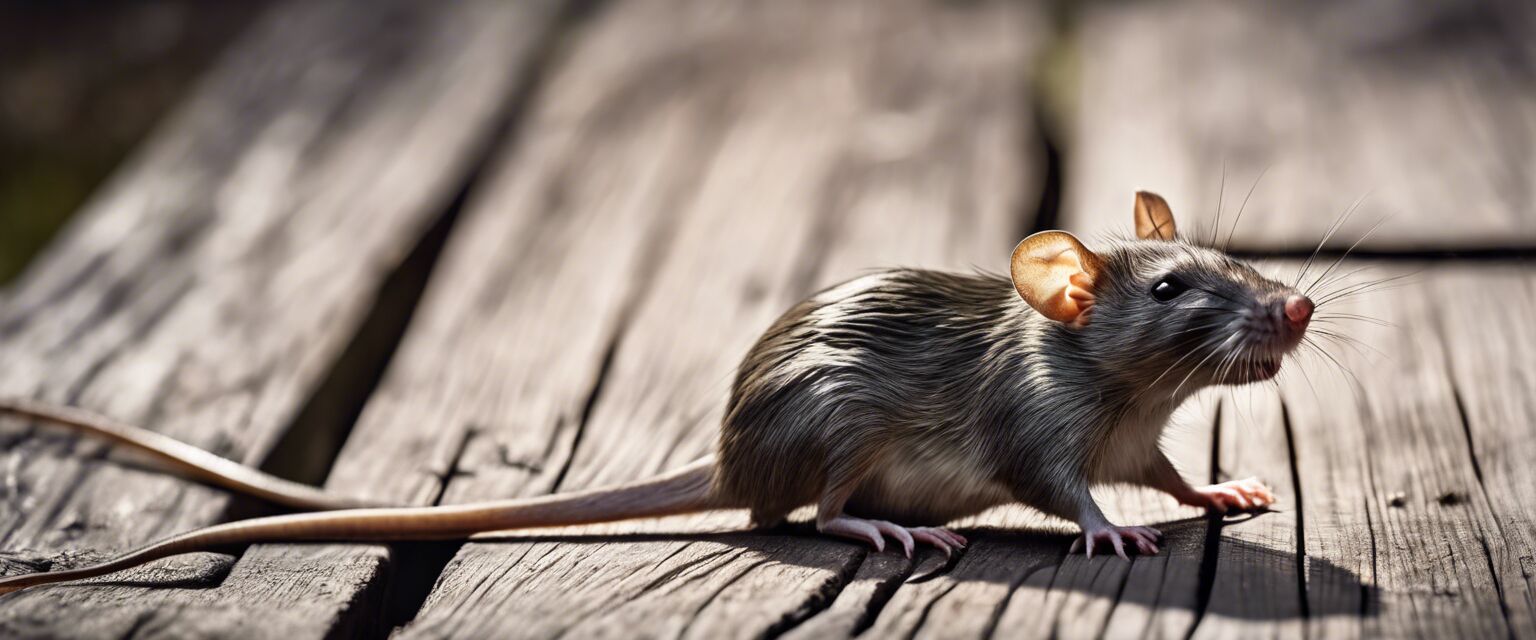
Dealing with Dead Rats
Key Takeaways
- Identifying a dead rat is the first step in the disposal process.
- Effective protective measures are crucial when handling dead rats.
- There are multiple disposal methods available, including burial and incineration.
- Ensure to follow local regulations regarding wildlife disposal.
- Prevention is keyâconsider rodent-proofing your home.
Dealing with dead rats can be an unpleasant yet essential task for maintaining a clean and healthy environment. Whether you come across a dead rat in your home or yard, knowing how to properly handle and dispose of it is vital. In this guide, we will cover the steps to take when you find a dead rat, safety precautions, disposal methods, and preventative measures to avoid future rodent issues.
Identifying a dead rat
Before taking any action, ensure that the animal is indeed a rat. Here are some characteristics to help you identify a dead rat:
- Size: Adult rats are typically 9-11 inches long, excluding the tail.
- Color: Rats can vary in color but are often brown or gray.
- Body shape: Rats have slender bodies; in contrast to mice, they have a more robust appearance.

Precautions when handling a dead rat
Handling a dead rat can expose you to health risks. Hereâs how to protect yourself:
- Wear gloves: Always use disposable gloves to prevent direct contact.
- Mask: Use a mask to avoid inhaling dust or particles.
- Disinfect: Have disinfectant wipes or spray ready to sanitize the area afterward.
Disposal methods
There are several methods to dispose of a dead rat, and the choice depends on local regulations and your preferences. Here are some effective methods:
| Disposal Method | Description | Considerations |
|---|---|---|
| Burial | Placing the rat in a shallow grave at least 2-3 feet deep. | Check local laws about animal disposal. |
| Incineration | Burning the rat in a controlled environment. | Requires specific equipment and permits in some places. |
| Municipal waste | Seal the rat in a bag and dispose of it in the trash. | Ensure the bag is tightly sealed to prevent odors. |
It is important to consult your local waste management resources to find out the recommended disposal method in your area.
After disposal care
Once you have disposed of the dead rat, follow these post-disposal steps:
- Thoroughly wash your hands, even if you wore gloves.
- Disinfect the area where you found the rat.
- Monitor for any signs of infestation.
Preventing future infestations
Preventative measures are crucial in avoiding the presence of dead rats in your home. Implement the following strategies:
- Rodent-proof your home: Seal entry points and maintain cleanliness.
- Use bait stations: Properly place bait stations outside to reduce rat populations.
- Employ rat repellents: Apply them around your home to deter rodents.

Tips for beginners
- Always wear protective gear when dealing with dead animals.
- Familiarize yourself with your local wildlife regulations.
- Keep your surrounding area clean to minimize attraction.
- Regularly check for signs of rodent activity in your home.
Pros
- Increased hygiene in your living space.
- Reduces the risk of disease transmission.
- Helps avoid pest infestations.
Cons
- Dealing with dead rats can be unpleasant.
- Improper disposal can lead to legal issues.
- Emotional distress for those squeamish around rodents.
Conclusion
Dealing with dead rats, while daunting, is a necessary practice for maintaining a safe and healthy environment. By following proper handling and disposal methods, and employing preventative strategies, you can keep your home rodent-free and ensure that nature is respected. For more information on rodent control, check out our other pages on humane rat traps, mechanical traps, and rat poisons.

